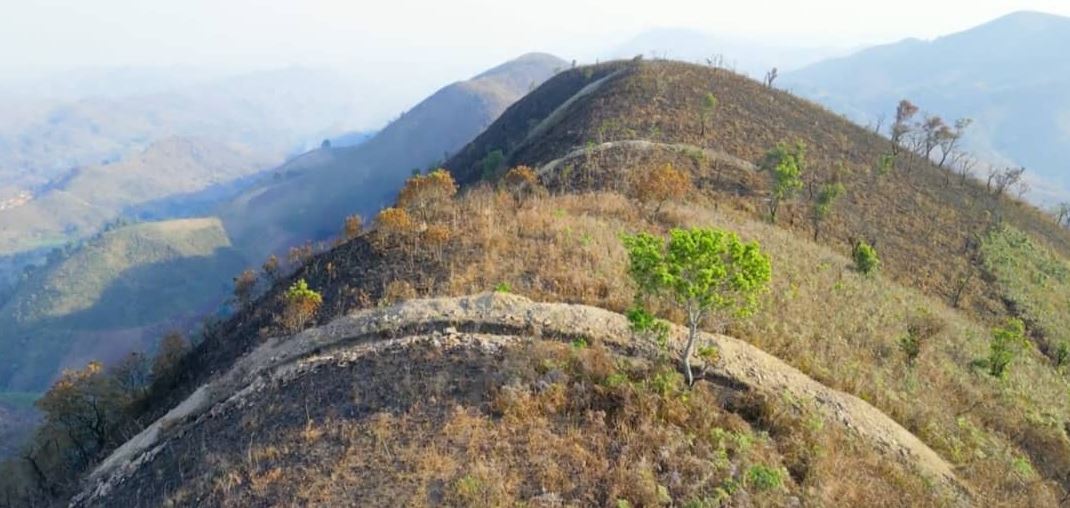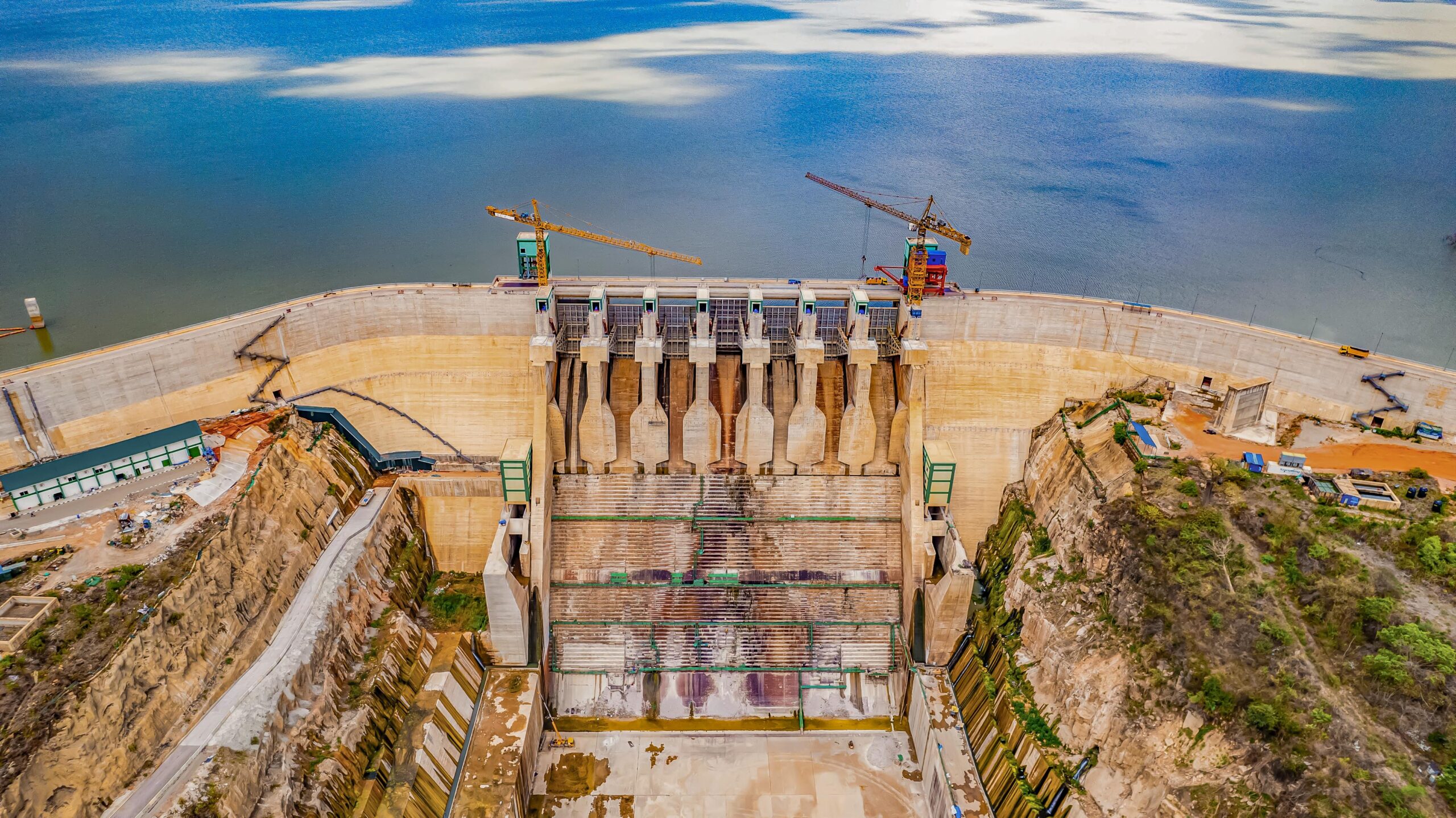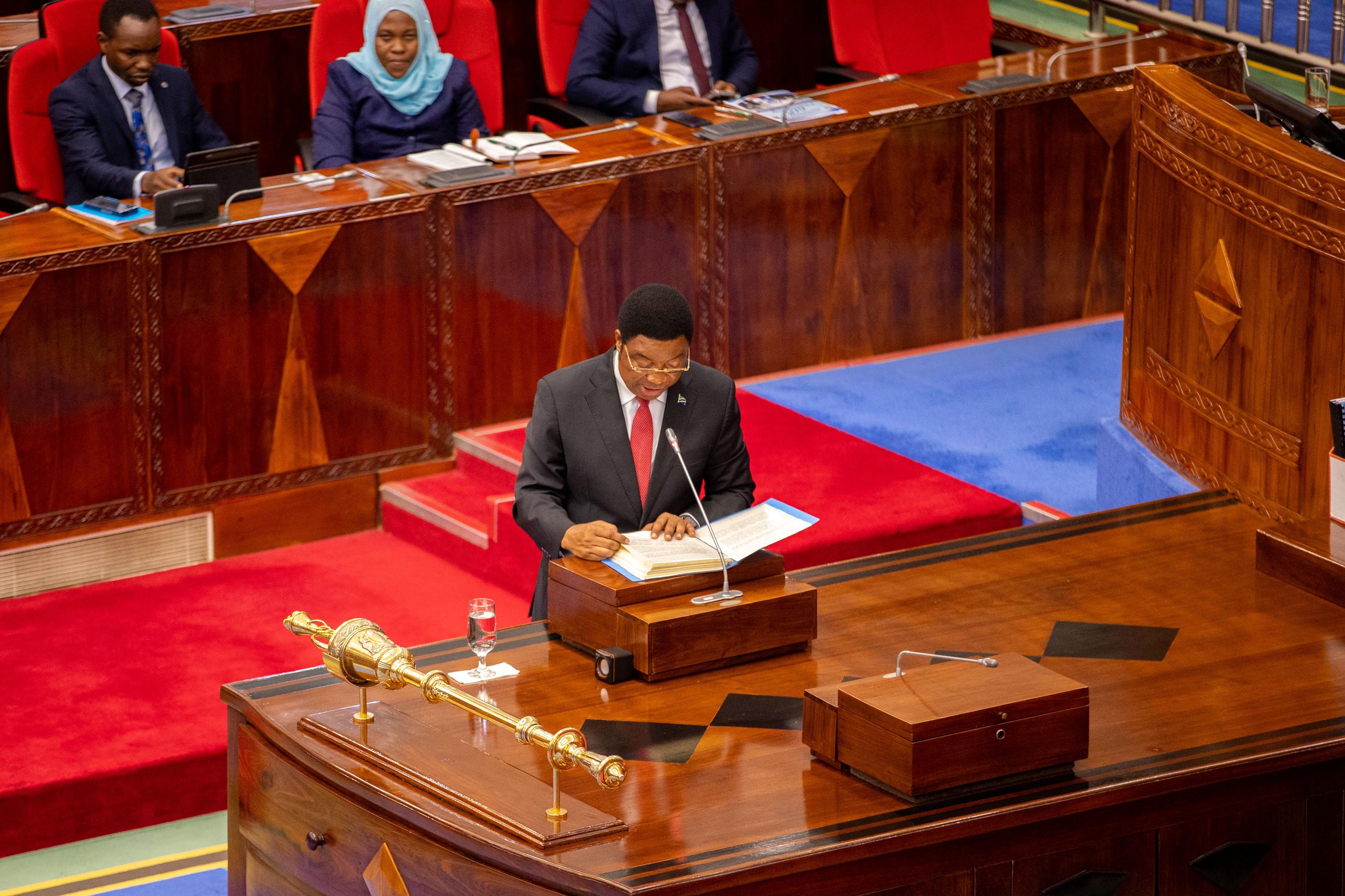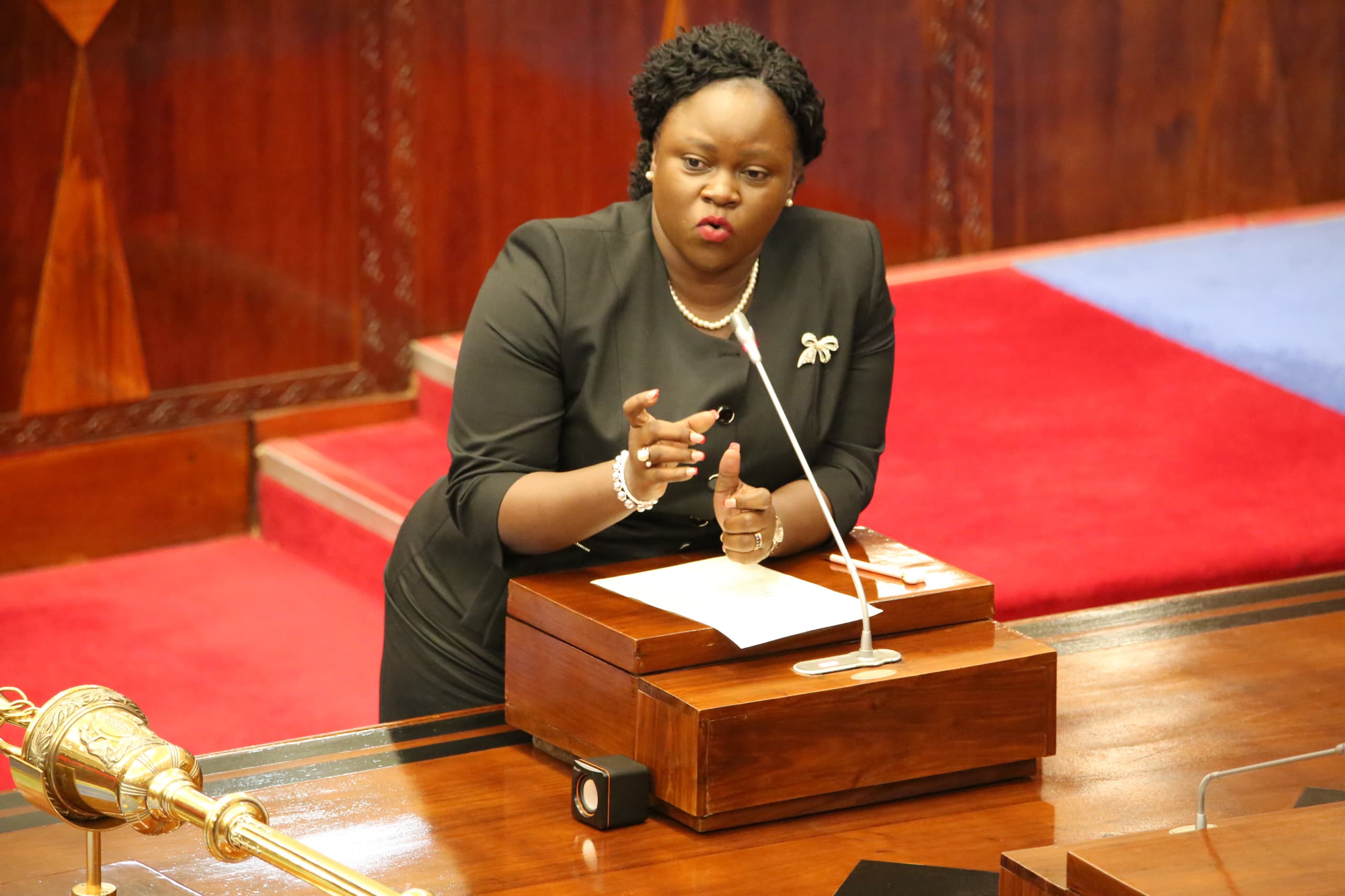Dar es Salaam. Electricity generation in Tanzania has increased by 59.9 percent; a significant milestone highlighted by the government on Friday, March 21, 2025.
As of February 2025, the country’s electricity production reached 3,796.71 megawatts, a substantial rise from 2,372.96 megawatts recorded in July 2024.
This remarkable increase, coupled with a 13.34 percent rise in electricity demand, underscores the dual narrative of progress and challenge within the nation’s energy sector.
This announcement was made by Deputy Minister for Energy, Ms Judith Kapinga, during her presentation to the Parliamentary Committee on Energy and Minerals in Dodoma.
The data reflects the government’s strategic initiatives aimed at not only enhancing energy production but also ensuring that the growing demand is met.
The notable increase in generation capacity indicates effective policy implementation and investment in energy infrastructure, vital for sustaining economic growth.
Ms Kapinga emphasized the importance of these achievements, asserting that the nation is successfully addressing its electricity needs while simultaneously improving its transmission and distribution frameworks.
The nearly completed Julius Nyerere Project, now at 99.8 percent completion, is poised to play a critical role in augmenting the energy supply.
This project exemplifies large-scale investments that are essential for transitioning to a more reliable and efficient energy system.
Director of Policy and Planning, Mr Petro Lyatuu, provided a detailed breakdown of the energy mix contributing to this growth.
He reported that hydroelectric sources accounted for 65.4 percent of total production, highlighting the country’s reliance on renewable resources.
Natural gas, contributing 31.6 percent, further underscores the diversification of energy sources, which is crucial for enhancing energy security.
A significant aspect of the government’s strategy is its focus on expanding electricity access, particularly in rural areas.
The government has connected electricity to all 12,318 villages in mainland Tanzania, as well as 33,657 out of 64,359 hamlets.
This results in a connectivity rate of 52.3 percent for these hamlets.
This initiative not only improves the quality of life for rural residents but also stimulates local economies by enabling access to essential services such as healthcare, education, and agriculture.
The goal of achieving 100 percent electricity connectivity by 2030 is ambitious but necessary.
The ongoing efforts to connect rural areas reflect an understanding of electricity as a catalyst for economic development.
Increased access to electricity can drive productivity and enhance opportunities for small-scale businesses and agriculture.







